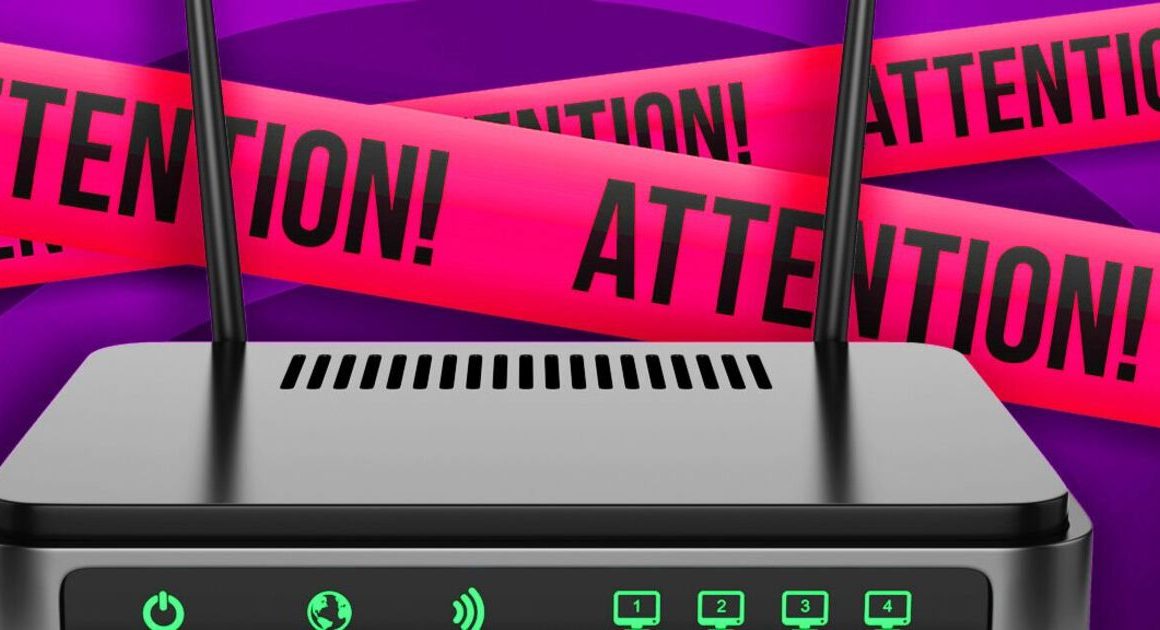A motoring expert has warned drivers that their vehicle’s speedometer may not be telling them the truth about how fast they are travelling.
Whilst all drivers know the importance of sticking to speed limits to prevent hefty fines, few motorists realise that the speedometer in their vehicle likely indicates that they are travelling at a faster speed than they really are.
In a blog post, the car maintenance advice service Haynes stated that most speedometers are designed to be somewhat inaccurate in order to prevent breaking the law.
They explained: “Your car’s speedometer rarely tells the truth. If you’ve ever used a sat-nav app on your phone, you may have noticed that the speed it shows you’re travelling at is slightly higher than that shown on your car’s speedometer – and the faster you go, the more inaccurate it tends to be.
“Why is that? Here in the UK, a speedometer isn’t allowed to under-read. Over in the United States a speedo can under-read or over-read by a small margin.”
Whether it is analogue or digital, the majority of speedometers will display a speed that is faster than the vehicle is actually travelling at.
This is largely due to a law which states that a speedometer must never display a slower speed than reality, which could put drivers at risk of being fined or speeding without knowing they have committed an offence.
Nevertheless, the speeds displayed on the instrument panel of a car are unlikely to be significantly inaccurate and should still be trusted by the driver to determine how fast they are travelling.
To make sure that drivers avoid being fined for unwittingly straying over the speed limit, Haynes recommended that they have their speedometer checked.
They continued: “It’s a good idea to check the accuracy of your car’s speedometer, just to be sure that what it’s showing you is the truth and you’re not breaking any speed limits.
“This is especially useful after getting new tyres or aftermarket wheels, especially if the latter are a different diameter to the ones the car had when new.”
According to Haynes, one of the most effective ways for a driver to see whether their speedometer is accurate is by travelling for five miles on a stretch of straight motorway.
Getting a passenger to start a stopwatch at the beginning of a set distance, drivers should complete the motorway stretch at a consistent speed. Once completed, the passenger should divide the time displayed on the stopwatch by 60 and then multiply it by the distance they travelled.
The calculation should display the average speed the driver was travelling at, which can be compared to what was shown on the speedometer. If there is a difference of more than 5mph, Haynes recommended motorists take their vehicle to be checked by a mechanic.












